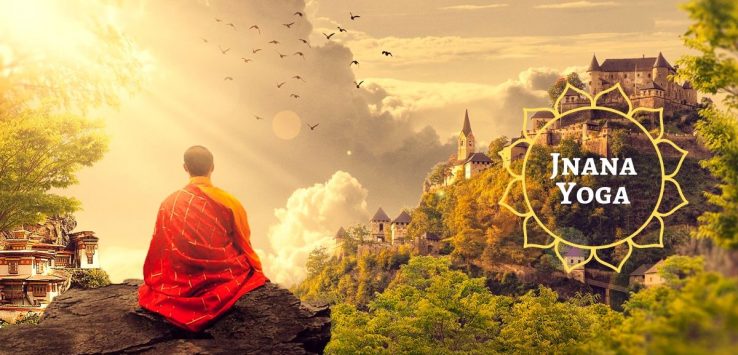- 1Share
Bhagavad Gita describes three major paths of the human endeavors as mentioned by Lord Krishna – Karma, Jnana, and Bhakti. All of these help an individual understand the true meaning of life. However, Jnana yoga, also pronounced as Gyan yoga, is a path that leads to self-realization, unlike Karma and Bhakti yoga that talk of a person’s actions and pure consciousness.
While Bhakti is more superior, Jnana yoga is appropriate for the intellectuals who are then able to follow the Bhagavad Gita path of Karma, gaining all knowledge and implying it to understand greater truths.
What Is Jnana Yoga?
Jnana, in particular, is the path towards knowledge. The know-how of history, literature, business or home isn’t meant here. Jnana, talks of the ultimate questions in life: Who am I? How am I here? What is my life’s purpose? What is suffering and why am I suffering? Where does it all come from? What exactly is everything all about? Where will it go?
This sacred Bhagavad Gita path is the one that’s most preferred and practiced by the intellectually oriented people. Gyan yoga is a part of the Vedanta philosophy. A person who follows Jnana yoga is known as Jnani. Jnana yoga focuses on wisdom, knowledge, and intellect that can be used to look deeper into the nature of the person. It’s a process of introspection involving reflecting on the self and moving beyond self-ideas.
Four Pillars Of Knowledge
The aim of Jnana yoga is to unite with real life. Jnana yoga denounces the material world. It uses Four Pillars of Knowledge to ascend from the illusions of this world.
1. Viveka
Viveka means patience. It distinguishes the real from fake, permanent from temporary, good from bad, and self from pretentious. Viveka is conscious as well as a continuous process.
2. Vairagya
Vairagya is denouncement from the worldly activities. It is giving up on Maya (material possessions) by rising above ego as well as otherworldly attachments. Lord Shiva is known as Vairagi in Hinduism because he lived a life of Vairagya.
3. Shat-Sampati
Shad-Sampati helps in controlling the mind as well as emotions. There are six methods to practice for the same purpose.
- Shama asks you to keep calm. It implies that you should not react to external stimuli as much as possible.
- Dama is the practice of restraining your senses and using them only for intellectual purposes.
- Uparati is withdrawal from everything that is not a part of their duty or Dharma i.e. focusing only on the spiritual path in life.
- Titiksha is a process of enduring. Abandon situations that result in suffering like failure, pleasure, pain, and success.
- Shraddha is faith. It teaches to trust and believe Guru, the scriptures, and the path of yoga.
- Samadhana is the focus on the union of the mind with the spiritual path.
4. Mumukshutva
Mumukshutva is longing for liberation from the suffering of the material world. It is committing to the path of realization single-mindedly.
There are various types of yoga, but this Bhagavad Gita path, Jnana yoga or the Gyan yoga is difficult to achieve. Renouncing the lavishes of life is not easy.
Note: Articles on Ayurvedum are solely for the purpose of sharing the goodness of Ayurveda and bringing awareness on natural and healthy living. Please do not substitute it for professional medical advice. Ingredients discussed can interfere with certain medications. So, before using anything to treat yourself, always consult an Ayurveda doctor or practitioner.






Leave a Reply